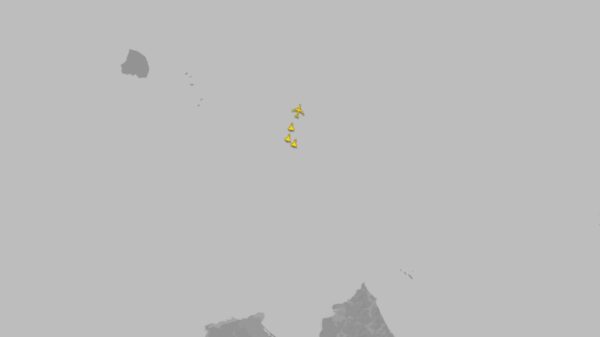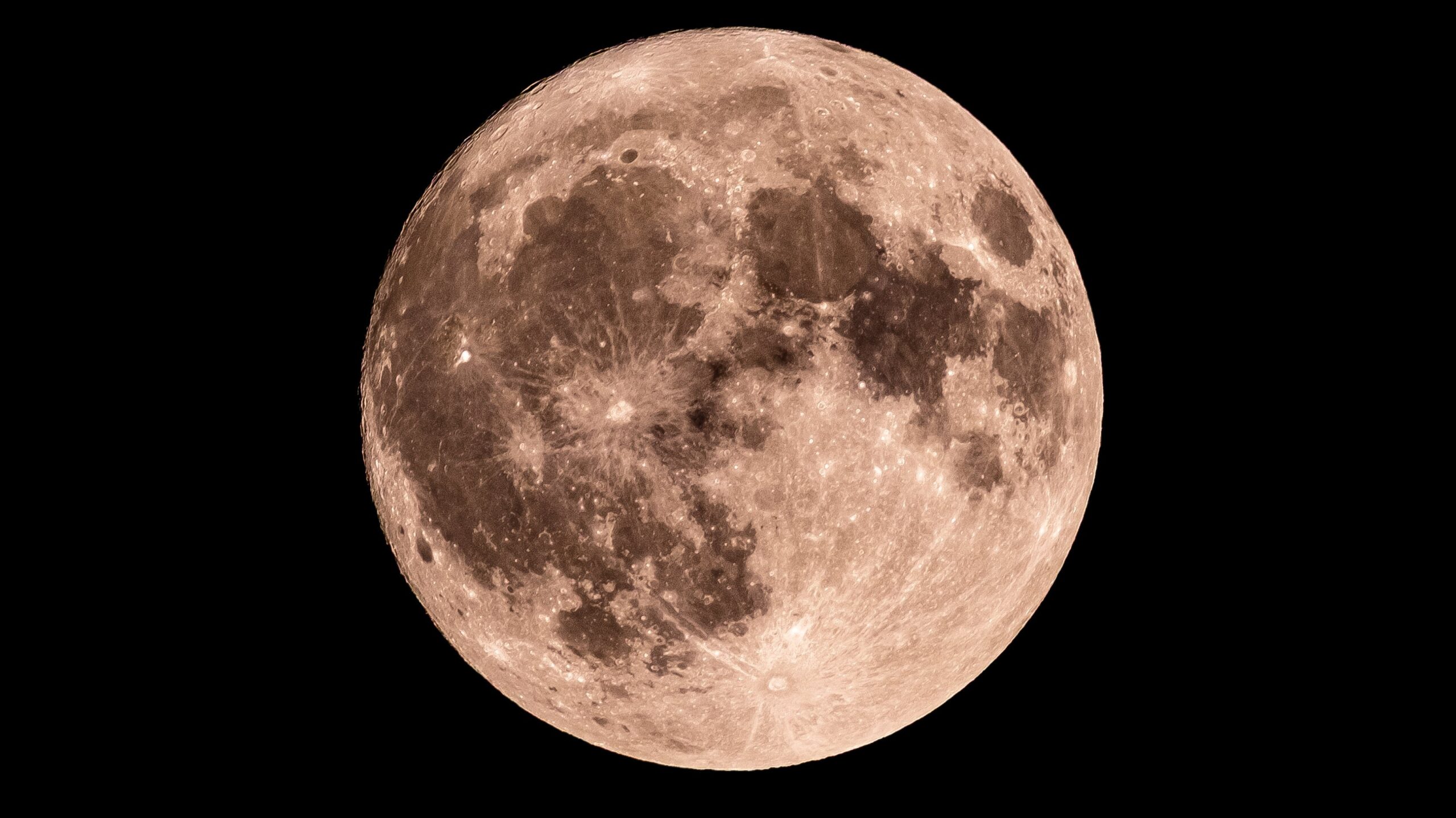As of September 27, the moon is in its Waxing Crescent phase, illuminated at 27% by sunlight. This evening, stargazers can appreciate various features on the lunar surface without the need for binoculars or a telescope.
The Waxing Crescent marks the sixth day of the lunar cycle, providing an opportunity to observe some of the moon’s most fascinating aspects. For those looking up tonight, the Mare Crisium can be seen with the naked eye. This large, circular plain is located on the upper left side of the moon. Shifting your gaze to the middle right will reveal the Mare Fecunditatis, another significant lunar mare. Observers in the Southern Hemisphere should note that these features appear reversed, with Mare Crisium located towards the bottom left.
For those equipped with binoculars, the Posidonius Crater becomes visible. This crater, known for its lava-filled basin, adds to the evening’s celestial delights. A telescope enhances the experience further, allowing viewers to spot the Apollo 17 landing site, the final mission of NASA’s Apollo program, which took place in December 1972.
The Lunar Cycle Explained
Understanding moon phases provides context for tonight’s viewing experience. According to NASA, the lunar cycle spans approximately 29.5 days, during which the positions of the Sun, Moon, and Earth change, altering how the moon appears from our perspective. This phenomenon is responsible for the various appearances of the moon, from full to completely dark.
There are eight primary moon phases that repeat throughout this cycle:
– **New Moon**: The moon is positioned between Earth and the Sun, rendering it invisible.
– **Waxing Crescent**: A small sliver of light appears on the right side.
– **First Quarter**: Half of the moon is illuminated on the right side, resembling a half-moon.
– **Waxing Gibbous**: More than half of the moon is lit, but it is not yet full.
– **Full Moon**: The entire face of the moon is illuminated.
– **Waning Gibbous**: The moon begins to lose light on the right side.
– **Last Quarter**: A half-moon once again, but now illuminated on the left side.
– **Waning Crescent**: A thin sliver of light remains on the left before the moon returns to darkness.
The next full moon will occur on **October 6**, following the last full moon, which was on **September 7**. As the lunar cycle continues, opportunities to observe these celestial phenomena will abound.
This evening presents a perfect chance to engage with our natural satellite and explore its features, even for those without advanced equipment. With a little attention and clear skies, the moon offers a captivating spectacle that connects observers to the vastness of space.




































































